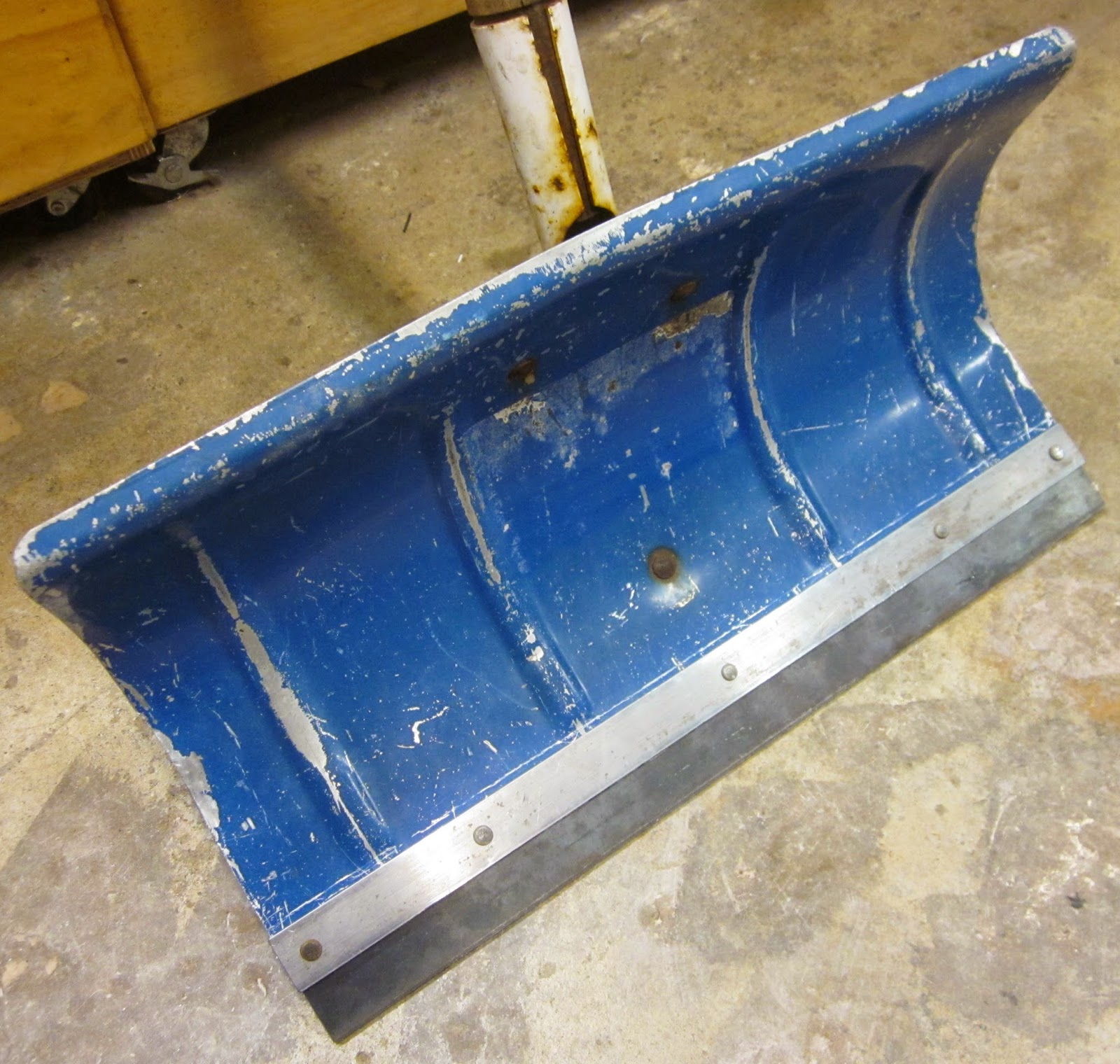I've been doing a lot of turning on my CNC lathe and have become increasingly annoyed with the task of center punching purchased wood dowels.
Two things make the job far more difficult than it should be (or would be if it were steel)
1) Off the shelf dowels are not round, they have become elliptical or worse.
2) No matter how accurately you scribe the center your center punch is going to be deflected (dramatically) by the end grain.
NOTE: A right hand center drill is aiming the wrong way down the spindle so you either have to turn the spindle backwards or get a left hand drill. I did the Sherline recommended
reverse switch.
The answer is to "machine" the the center "punch"
This is the design prove-out piece
I used 3/8 counter bore fit into a 13/32 piece of brass tube.
13/32 is the ID of the Sherline headstock spindle. It has to spin freely.
This IS a good method!
I don't even support the other end, just visually make it spin true and slowly run the counter bore into the dowel. it only takes a few seconds and is better than even one of those conical center finders.
I liked it so well I decided to make one with bearings and use a center drill.
1/4 x 3/8 x 1/8 RC model bearings. I used my centering tool to create a bearing pack, a 6.5" long 13/32 OD tube, 3/8 ID, the bearings slipped beautifully through.
I put a 1/4" center drill into the end.
12.19.17
I continue to use this thing often.
I use it on steel and aluminum too.
It's ideal because the center drill becomes the tail-stock end and so the accuracy is greatly appreciated.
.JPG)
.JPG)
.JPG)


.JPG)
.JPG)
.JPG)
.JPG)
.JPG)
.JPG)
.JPG)
.JPG)
.JPG)



.JPG)